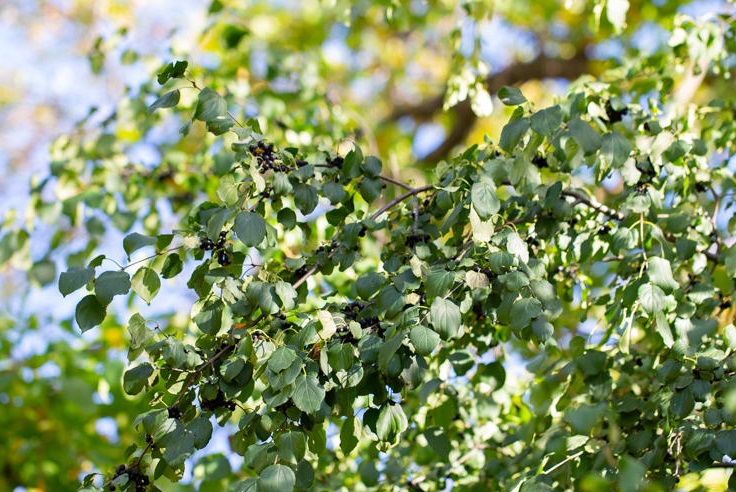Background
Common buckthorn (Rhamnus cathartica) invades woodlands throughout eastern North America and is costly to control. Current management practices offer little-to-no long-term benefit, or provide only temporary relief. Buckthorn often reestablishes quickly after removal and requires a long-term commitment to eradicate it.
MITPPC researchers have previously identified effective approaches establishing dense native plant communities that can reduce, and in some cases fully exclude, buckthorn reestablishment. It is a strategy that could reduce the need for continued buckthorn removal, however, it is difficult to implement with the goals and constraints faced by land managers. The solution may be too costly, logistically difficult, or conflict with other crucial ecological goals.
Building on previous work, this research project will test ways to make effective native revegetation a feasible management strategy.
Research questions
- What is the best method to implement revegetation in a way that both dampens buckthorn success and meets managers’ needs?
- What is the optimal frequency, timing, and duration of buckthorn stem cutting to better facilitate revegetation and long-term control without using herbicides?
- What are the best alterations to seed mixes that will suppress buckthorn without sacrificing support for critical pollinator communities?
Practical implications
This project will make revegetation after buckthorn removal a practical and attainable solution for land managers. It will enable the revegetation of larger areas at a time and result in significant cost and labor savings. The need for follow up herbicide or mechanical treatments will be reduced.
More broadly, the method of revegetation could boost adoption of revegetation as a key strategy to control other woody invasive species, improve native biodiversity, and increase habitats.
